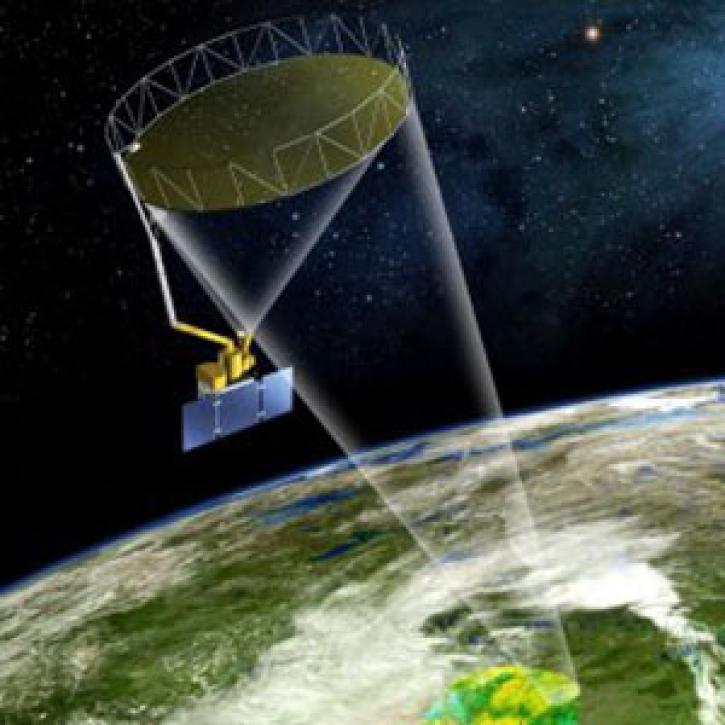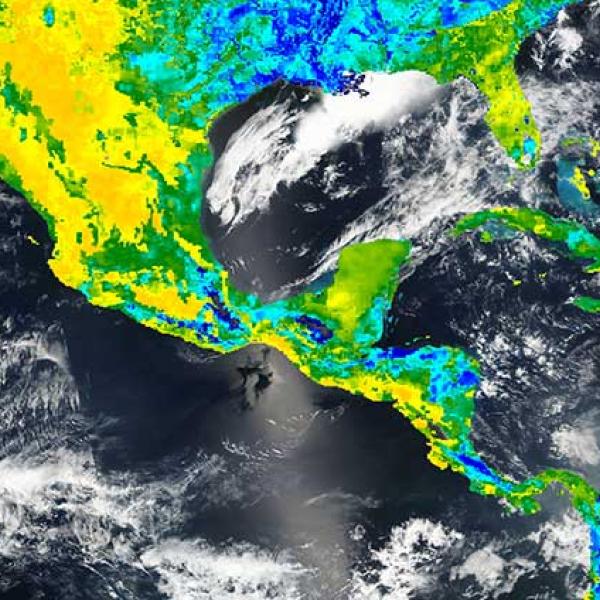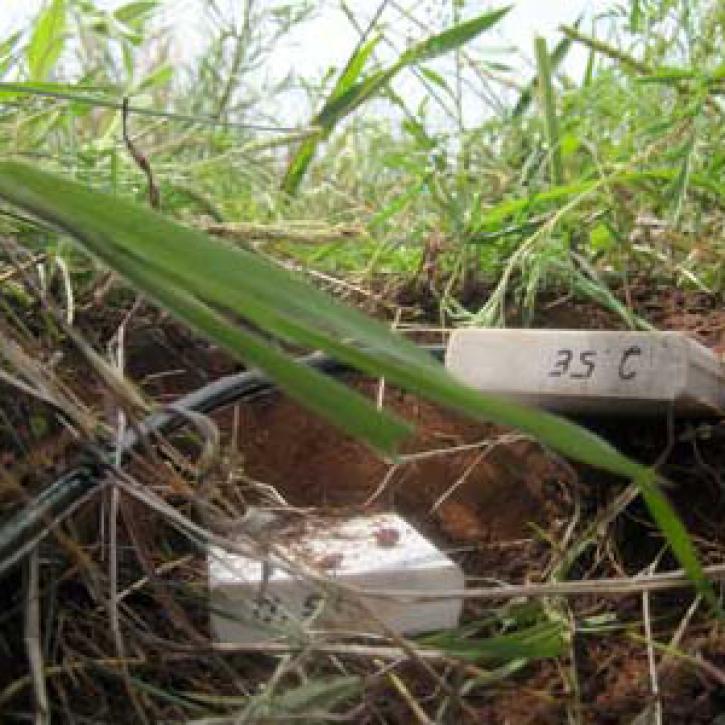Access a range of datasets and data tools to further your research into soil water holding capacity.
Soil water holding capacity is a measurement of how much moisture soil can retain under the influence of gravity. In general, a higher soil water holding capacity is desirable for agriculture because it helps crops remain nourished in a wider range of weather. Organic matter such as compost or mulch can help increase soil water holding capacity.
If soil struggles to retain moisture, it becomes more difficult to keep plants and crops hydrated during dry periods, contributing to drought. Additionally, when soil cannot absorb high amounts of water, it increases the risk of flooding.
NASA’s Earth science data archives contain information on properties such as soil moisture, soil type, and soil carbon content around the globe. These measurements help improve agriculture production and identify areas at risk for flooding and droughts.
Learn How to Use Soil Water Holding Capacity Data



Join Our Community of NASA Data Users
While NASA data are openly available without restriction, an Earthdata Login is required to download data and to use some tools with full functionality.
Learn About the Benefits of Earthdata LoginFrequently Asked Questions
Earthdata Forum
Our online forum provides a space for users to browse thousands of FAQs about research needs, data, and data applications. You can also submit new questions for our experts to answer.
Submit Questions to Earthdata Forumand View Expert Responses
